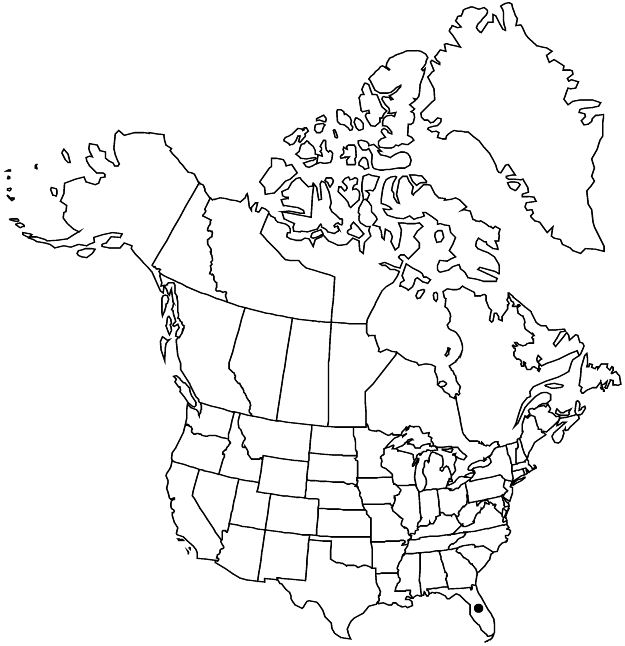Hibiscus furcellatus
in J. Lamarck et al., Encycl. 3: 358. 1789.
Herbs, perennial, or subshrubs, to 2 (–4) m, herbage densely stellate-tomentulose throughout. Stems sometimes also with longer, stiff, simple hairs, fine, curved hairs absent or obscured. Leaves: stipules linear, 3–10 mm; petiole 2/3 to equaling blade, shorter in inflorescence, fine, curved hairs absent or obscured adaxially; blade somewhat discolorous, broadly to transversely ovate, unlobed or shallowly 3 (–5) -lobed, rarely proximalmost deeply 5–7-lobed, mostly 6.5–11 × 6–12 cm, base cordate, often deeply so, margins unevenly serrate or crenate-serrate, apex broadly acute to short-acuminate, lobes broadly triangular, surfaces stellate-tomentulose, slitlike nectary present abaxially at or near base of midvein. Inflorescences solitary flowers in axils of distal leaves, sometimes appearing racemose by reduction of subtending leaves. Pedicels jointed at bases, to 2.5 cm, shorter than subtending petioles; involucellar bractlets 9–12, sometimes widespreading, terete, 0.8–1.6 cm, margins minutely pubescent, setose, apex 2-fid or appendaged, sometimes obscurely so. Flowers horizontal or declinate; calyx divided 1/2–2/3 length, campanulate, 1.5–2.4 cm, enlarging in fruit, lobes triangular, with 3 prominent ribs, 2 marginal, 1 medial, medial bearing conspicuous nectary, apices acute or acuminate, variously invested with both minute, stellate hairs and hispid with much larger, simple or stellate, pustular-based hairs, latter often largely confined to veins; corolla narrowly funnelform, petals pink, maroon at base, obliquely obovate, 5.5–9.5 × 2.5–4.5 cm, margins entire to repand or crenate, finely hairy abaxially where exposed in bud; staminal column straight, maroon, 3–4.5 cm, bearing filaments ± throughout, free portion of filaments not secund, 0.5–1.5 mm; pollen maroon; styles dark maroon, 1–3 mm; stigmas dark maroon. Capsules brown, ovoid, 2–2.5 cm, apex acute and apiculate or acuminate, surface obscured by pale yellowish, simple, dense, antrorsely appressed hairs. Seeds olivaceous brown to reddish or purplish brown, angulately reniform-ovoid, 2.8–3.8 mm, glabrous. 2n = 72.
Phenology: Flowering year-round.
Habitat: Freshwater marshes, pine flatwoods, sand pine scrub, fill, canal margins, waste areas
Elevation: 0–50 m
Distribution

Fla., s Mexico, West Indies, Central America (Belize), Central America (Guatemala), Central America (Honduras), Central America (Nicaragua), Central America (Panama), n, c South America, Pacific Islands (Hawaii)
Discussion
Hibiscus furcellatus is found primarily in counties along the central and southern parts of Florida’s Atlantic coast, although there are a few inland records as well.
Selected References
None.
Lower Taxa
"/2" is not declared as a valid unit of measurement for this property."fine" is not a number.